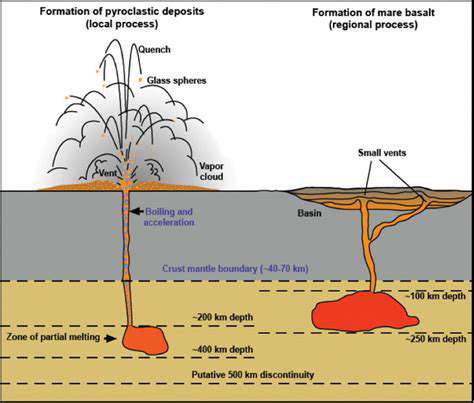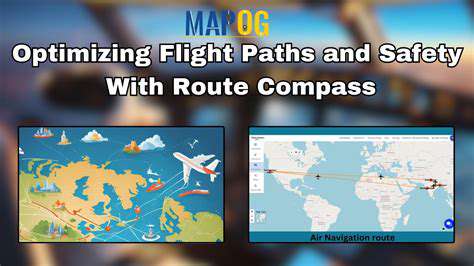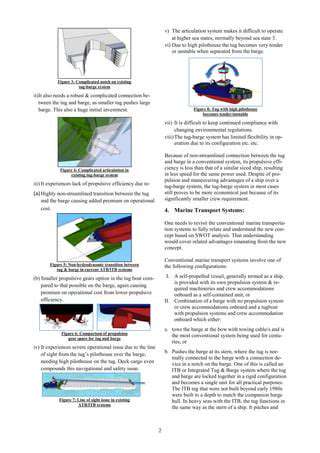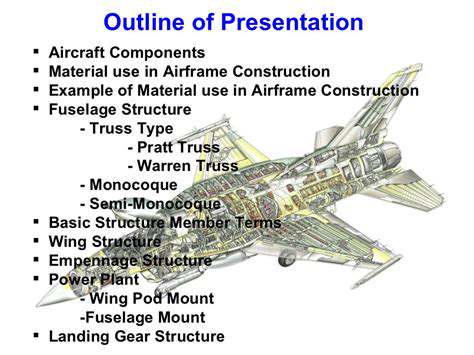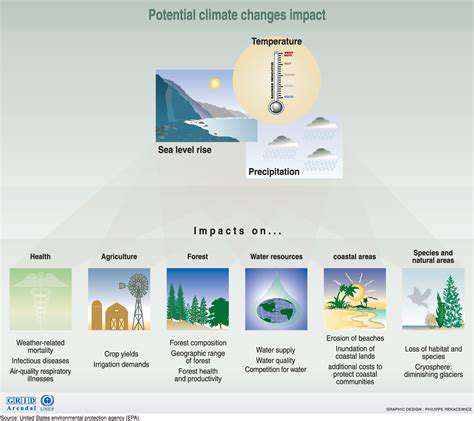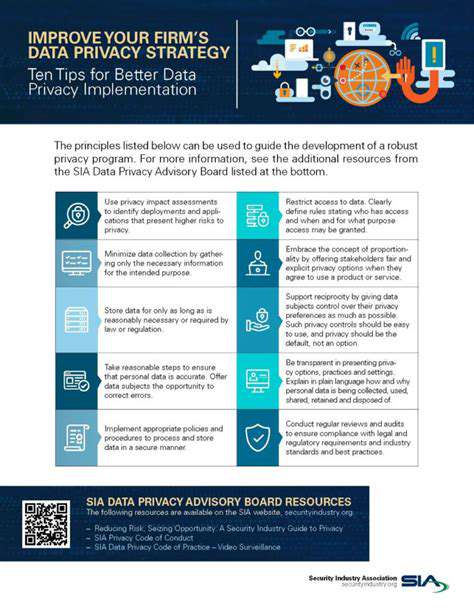Defining Airspace Management
Airspace management, a critical component of advanced air mobility (AAM), encompasses the systematic organization, control, and utilization of airspace to ensure safe and efficient air traffic operations. This includes establishing clear boundaries, procedures, and regulations for various aircraft types, from traditional airliners to eVTOL (electric vertical takeoff and landing) vehicles. Effective airspace management is paramount for mitigating potential conflicts, enhancing safety, and promoting the seamless integration of new AAM technologies into existing infrastructure.
The Role of Control Towers and Air Traffic Control
Traditional air traffic control (ATC) towers will need significant adaptation to manage the increased complexity and density of AAM traffic. This will involve incorporating new technologies and procedures for tracking and coordinating eVTOL operations, ensuring they are effectively integrated with existing air traffic systems. The role of air traffic controllers will evolve to encompass a wider range of aircraft types and operational procedures, requiring specialized training and tools to manage the increased complexity of the airspace.
Collaboration between ATC and AAM operators is essential to ensure smooth integration. Clear communication channels, standardized procedures, and real-time data sharing will be key to maintaining safety and efficiency.
Airspace Segmentation and Zoning
Creating distinct airspace segments tailored to specific AAM operations is crucial for optimal safety and efficiency. This may involve designating specific areas for takeoffs, landings, and various flight phases, potentially including dedicated corridors for drone delivery services or air taxi routes. Such zoning strategies will require careful consideration of airspace capacity, potential interference with other air traffic, and the unique characteristics of each AAM vehicle.
Integration with Existing Air Traffic Systems
The seamless integration of AAM into existing air traffic management systems is vital for a smooth transition. This involves developing standardized communication protocols, data exchange formats, and procedures to ensure interoperability between different aircraft types and control systems. This will require significant investment in upgrading existing infrastructure and developing new technologies to support the complex interactions between AAM and traditional aviation.
Safety Protocols and Regulations
Establishing robust safety protocols and regulations specific to AAM operations is paramount. This includes developing standardized procedures for emergency response, conflict resolution, and incident reporting. Regulations must address the unique characteristics of AAM vehicles, such as their flight patterns, battery technology, and potential for malfunctions, to ensure the safety of all users of the airspace.
Addressing Security Concerns
Security considerations are critical in airspace management, especially with the introduction of new technologies and increased traffic density. Implementing robust security measures to prevent unauthorized access, interference, or malicious activities in the airspace is essential. This may involve developing new authentication protocols, enhancing surveillance systems, and establishing clear procedures for handling security incidents.
Future Trends and Technological Advancements
The future of airspace management in the AAM ecosystem will be shaped by advancements in communication technologies, sensor networks, and artificial intelligence (AI). These advancements will allow for more sophisticated traffic management systems, predictive modeling of potential conflicts, and automated decision-making processes. The evolution of airspace management will be intertwined with the development of new technologies that enhance safety, efficiency, and the overall experience for AAM users.
Food manufacturers often employ sophisticated marketing strategies to entice consumers. These strategies frequently focus on highlighting specific nutrients or ingredients without fully disclosing the overall nutritional profile of the product. Understanding these tactics is crucial to making informed decisions about the foods we consume. This involves recognizing that marketing claims are not always indicative of a product's true nutritional value.
Regulatory Frameworks and Standards: Ensuring Safety and Compliance
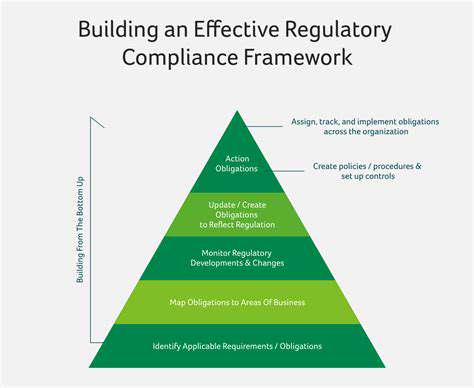
Regulatory Landscape for Financial Institutions
Financial institutions operate within a complex web of regulations designed to protect consumers and maintain market stability. These regulations cover a broad spectrum of activities, from lending and investment to deposit taking and payment processing. Understanding and adhering to these regulations is paramount for financial institutions to maintain their credibility and avoid potential legal and reputational risks. These frameworks also aim to foster fair competition and prevent the abuse of market power, ensuring a level playing field for all participants.
Navigating this regulatory environment requires a deep understanding of the specific rules and guidelines applicable to the institution's activities. Compliance with these regulations is not just about avoiding penalties; it's also about building trust and fostering a culture of ethical conduct within the organization. This ongoing commitment to compliance fosters responsible financial practices.
Standards for Data Security and Privacy
In today's digital age, data security and privacy are paramount concerns for financial institutions. Strict regulatory frameworks dictate how sensitive customer data should be handled, stored, and protected from unauthorized access or breaches. Robust data security protocols are essential to safeguard customer information and maintain their trust. Failure to meet these standards can lead to substantial fines and reputational damage.
Implementing and maintaining these standards requires a multi-faceted approach, encompassing technological safeguards, employee training, and regular security audits. A proactive approach to data security and privacy is crucial for the long-term success of any financial institution.
International Harmonization of Standards
The global nature of financial markets necessitates international harmonization of regulatory standards. Different countries often have their own sets of regulations, which can create complexities for multinational financial institutions. Standardization efforts aim to reduce these complexities and enhance cross-border cooperation. This harmonization process strives to create a more predictable and stable regulatory environment across various jurisdictions.
By aligning regulations, countries aim to mitigate risks associated with international transactions and promote a more efficient and secure global financial system. This international collaboration is critical for maintaining the smooth functioning of the global financial ecosystem.
Evolution of Regulatory Frameworks
Regulatory frameworks are not static; they evolve in response to changing market conditions, technological advancements, and emerging risks. This continuous adaptation reflects the dynamic nature of the financial industry and the need to address new challenges. Keeping pace with these changes is critical for financial institutions to maintain compliance and competitiveness.
Staying informed about regulatory updates and adapting internal policies accordingly is vital for any institution seeking to maintain compliance. This ongoing process requires dedicated resources and a commitment to continuous learning and improvement within the organization.
